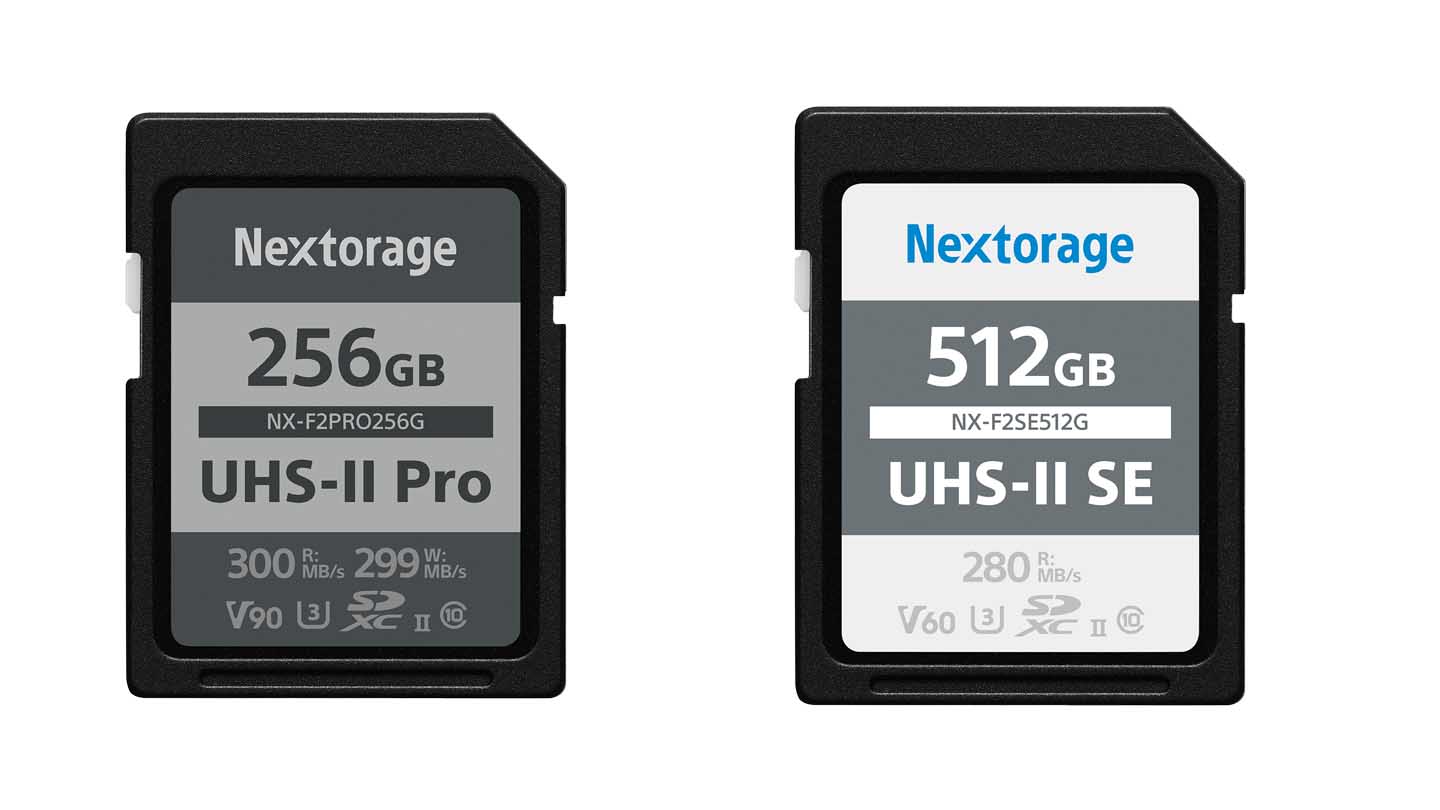Estimated read time: 5-6
minutes
SALT LAKE CITY — In a universe full of irony, one contradiction is this: Dark skies are not dark. When our sun sets at night, the “lights in the firmament” come out in the thousands, lighting the night sky.
But in the age of artificial lighting, these brilliant stars have, in many places, been extinguished by the lesser lights on Earth — incandescent, fluorescent, LED. Truly dark skies do not exist for much of the world’s population.
Yet in Utah, where Gov. Spencer Cox has declared April as Dark Sky Month for a third straight year, Utah’s dark skies still burn bright. Virtually all of Utah’s population is an afternoon’s drive away from one of the state’s 24 International Dark Sky Association-approved Dark Sky Parks or Places. In this unique place in the world, the dark skies movement continues to receive support from all sectors.
“We wish to recognize the efforts and advocacy of federal, state, local and non-profit agencies, as well as Utah’s recreation, tourism and education sectors, which make night sky opportunities in our state available for all to enjoy,” Cox’s declaration states.
Convincing the public that protecting the night sky is important, however, is difficult.
Why protect the darkness
Herriman city planner and International Dark Sky Association advocate Laurin Hoadley said the most common misconception about the organization’s movement is that “dark skies means ‘turn off all your lights.'”
Hoadley, who graduated in the first cohort of the Dark Sky Studies minor at the University of Utah, explained that the first step to reduce light pollution is for individuals to simply replace a bright light bulb with a warmer one.
“Personally, I feel like it is a no-brainer to at least try,” she said.
Astrophotographer and founder of NightSkyScience.com, Ryan Andreasen, has found more success in advocating for the night sky by personal experience than by any amount of scientific persuasion.
“I’ve got to have them touch it,” he said. Andreasen regularly teaches astrophotography classes at Antelope Island State Park. Going to a designated dark sky park and seeing the night sky for one’s self, he said, gets a person out of his or her “fish bowl” and leaves a lasting impact.
However, Utah’s growing population still threatens the night sky of at least one dark sky park designation. Antelope Island State Park assistant manager Wendy Wilson has long been a champion of Utah’s night, helping her park reach International Dark Sky Association standards in 2017. She explained that ever since then, the night sky over the island has grown brighter, as evidenced by regular measurements she takes by pointing a small sensor straight up into the night.
“It is minor,” she said, but lights from growing communities to the south and north of the island are suspect.
“More development means more lights; more lights means more light pollution,” Wilson said, adding that some communities are not as good as others at enforcing lighting ordinances.
Layton, which is east of the island, has one such lighting code. A city official told KSL.com that the city can only enforce the code on properties built under a specific code, but that city officials “definitely take all complaints seriously.”
We are protecting the highest concentration of accredited dark skies in the world.
–Lisa Stoner
Light pollution comes in four basic forms: glare, skyglow, light trespass and clutter. Skyglow, which washes out the stars, happens when light shines into the night sky “needlessly,” as most dark sky advocates will point out. By fully shielding, or covering light fixtures, “useful light” shines on the ground and not into the sky, according to the International Dark Sky Association website.
Once you’ve shielded your fixture, a warmer light — at 3000 Kelvins — will further help the night sky, said Wilson and Hoadley.
While Wilson and Hoadley, as well as Andreasen, each point out these measures individuals can take to help, many municipalities throughout the state have or are in the process of adopting dark sky lighting ordinances. A walk down the amber-colored paths winding through Ivins, in southern Utah, shows the fruits of their long-adopted ordinances. A survey of all residents last fall confirmed the importance of the night sky.
Torrey and Helper already hold the association’s Dark Sky Community status. The cities of Moab and Park City, as well as their respective counties, have adopted dark sky-friendly ordinances, which go into effect at the end of 2024.
How do you bring all these disparate groups together? That is the mission of the Colorado Plateau Dark Sky Cooperative, headquartered at Utah State University.
“We are protecting the highest concentration of accredited dark skies in the world,” said coordinator Lisa Stoner, who added that many of those designated dark sky parks fall within state boundaries.
On April 5, the Colorado Plateau Dark Sky Cooperative will host the first of four Quarterly Connections meetings, where it hopes to bring together people “ready to engage,” said Stoner, in the cause of the night sky. The cooperative also works with state and national park officials to enhance astro-tourist activities.
More than enough to share
Utah is also willing to share the night sky with others.
“We identify dark skies as an important travel motivator,” said Utah State Office of Tourism public relations manager Anna Loughridge.
This is because of the benefit that small, dark sky-friendly communities reap from visitors stopping and staying the night, so they can take in the night sky. Gas and a Snickers, Loughridge and Hoadley pointed out, turns into gas, dinner and a hotel room.
The Utah Office of Tourism has said that astro-tourism contributes to the state’s “Red Emerald Strategic Plan,” which promotes attractions that are “rarefied, distinctive, unique to Utah and highly coveted,” according to the office’s website.
“The night has a thousand eyes,” mused the poet Francis William Bourdillon, illustrating the stars that seem to blink. He continues pointing to the importance of the skies, and the sun, in particular.
While many human eyes, these days, cannot behold a truly dark sky, advocates and activists in Utah are hard at work to keep Utah’s dark skies shining.
×![]()
Most recent Outdoors stories
Ryan Boyce is a lover of science and history. His first writing project was compiling the history of space exploration on his 3rd grade teacher’s computer, and he hasn’t stopped writing since.
More stories you may be interested in




































































































































